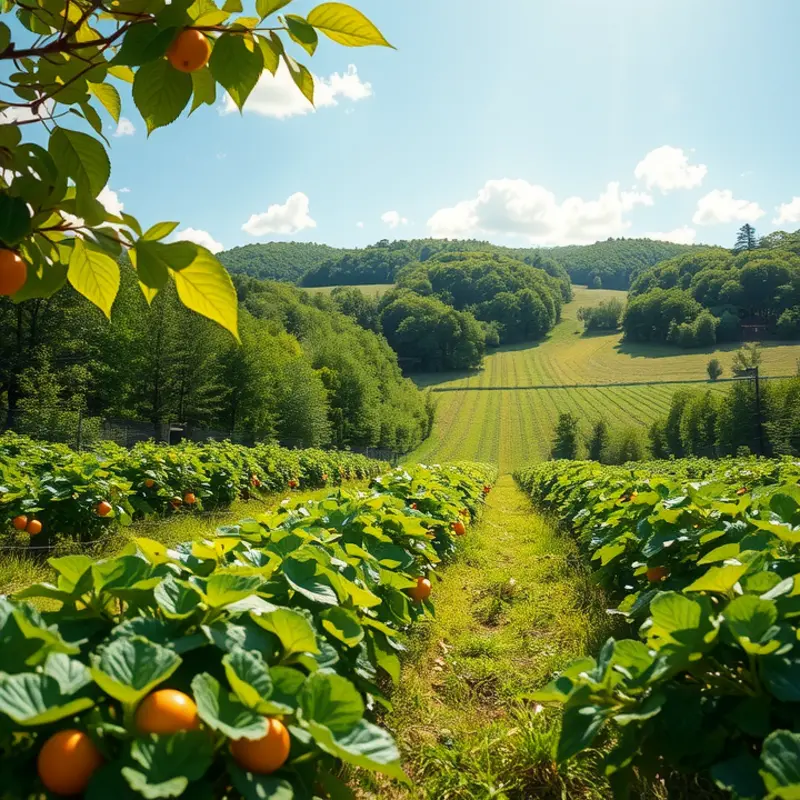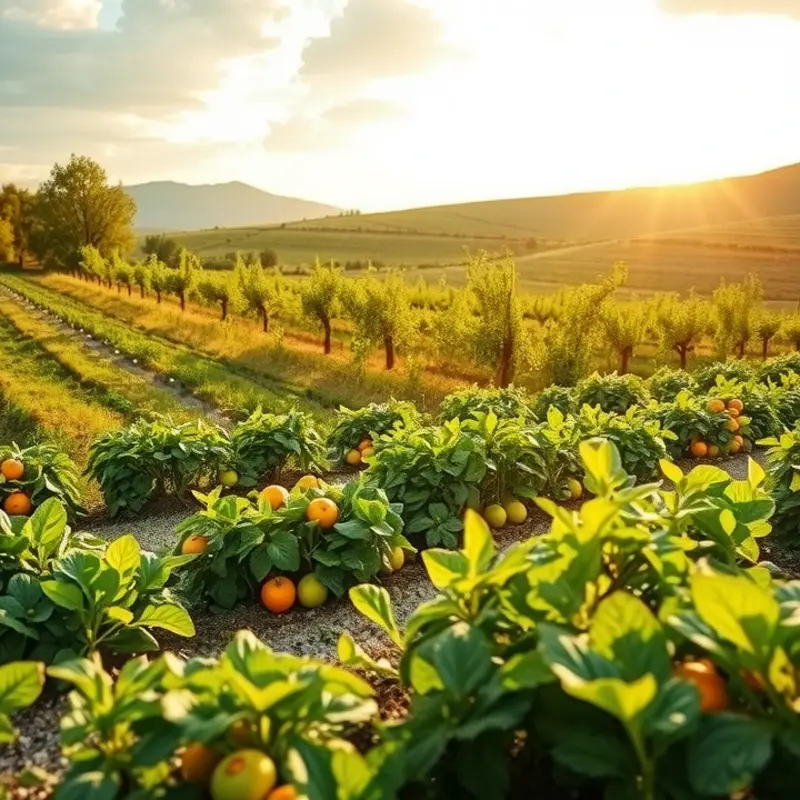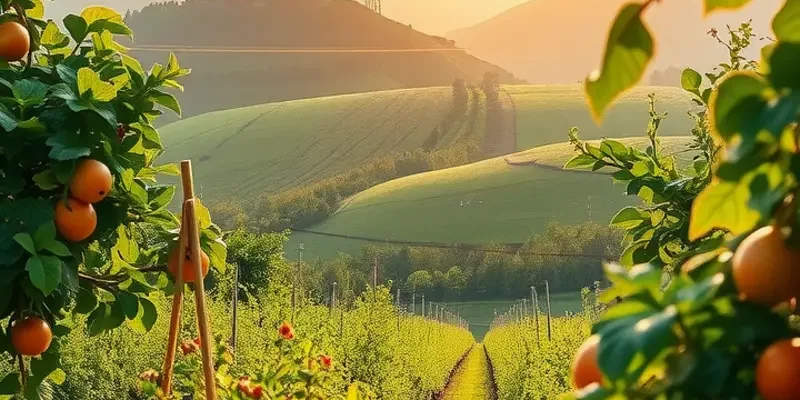Ancient grains have been staples in various cultures for millennia, echoing rich histories and culinary traditions. From the heart of the Andes to the steppes of Asia, these grains are woven into the cultural fabric of many societies. As food enthusiasts and cultural explorers, delving into the world of ancient grains not only unveils diverse flavors but also provides insight into the heritage and practices that shaped global cuisines.
The Wonders of Quinoa: From the Andes to Your Plate

Quinoa, a seed revered as a grain, tells tales as ancient as the Andean peaks where it thrives. Often called the ‘Mother Grain’, it held a sacred place in Incan culture. Its significance lay not only in its nutritive value but in its resilience to the harsh Andean climate. Today, quinoa has transcended borders, evolving into a symbol of healthy eating.
From a nutritional perspective, quinoa is a powerhouse. Rich in proteins, it contains all nine essential amino acids, making it a complete protein—a rare feature for plant-based foods. Its high concentration of iron, magnesium, and dietary fiber contributes to its growing reputation as a superfood.
Culinary adventures with quinoa begin at its origins. In the Andes, quinoa primarily features in traditional soups and stews. A popular preparation is ‘Sopa de Quinua’, a hearty and warming dish enriched with vegetables and sometimes locally-farmed meats. Its comforting aroma and robust flavor cater not just to sustenance, but to the spirit of community.
Adapting quinoa to modern cuisines has sparked creativity. Across global kitchens, chefs experiment with its versatile nature. Quinoa salads are a trendy twist, where vibrant ingredients like avocado, cherry tomatoes, and roasted peppers meet tangy lime dressings. This fusion highlights quinoa’s ability to absorb and enhance flavors.
Another unique dish is ‘Quinoa Pilaf’, where the grain is sautéed with onions, garlic, and an array of spices. Raisins or nuts might be added, providing a sweet contrast to the savory medley. Such dishes demonstrate quinoa’s compatibility with a variety of cuisines, echoing the adaptability of grains explored in global pastry traditions.
Quinoa’s versatility is not limited to savory fare. It serves well in desserts, working as an unexpected ingredient in puddings and even cakes. Its naturally nutty flavor complements chocolate and vanilla, providing an innovative twist to standard recipes.
Exploring quinoa is not just a journey across continents but through time, connecting us to ancient civilizations that understood the grain’s worth. Its introduction into contemporary dishes reflects a growing appreciation for sustainable and health-conscious eating strategies. As our culinary landscapes continue to evolve, quinoa stands as a testament to the enduring value of ancient grains.
Millets: The Resilient Grains of India

Millets, regarded as the resilient soldiers of Indian agriculture, not only anchor traditional diets but support the environment. With their ability to grow in arid lands, they have secured a significant cultural and culinary position across regions and centuries.
In India, the term ‘millet’ encompasses a variety of small-seeded grasses. Among these, pearl millet (bajra) and finger millet (ragi) stand as culinary mainstays. Pearl millet, prized for its high iron content, is predominantly consumed in the drier states of Rajasthan and Gujarat. Here, Bajra Roti is a staple. Its preparation requires a skillful touch; the dough, made with water and millet flour, is hand-patted into discs. Cooked on a hot griddle, these rotis pair perfectly with spiced lentils or vegetables.
Finger millet, or ragi, plays a vital role in the diets of South India. Ragi Mudde, a popular dish in Karnataka, exemplifies simplicity. The process involves cooking ragi flour in boiling water until it thickens, then forming it into soft, doughy balls. Nutrient-rich and hearty, these muddes are traditionally served with a spiced gravy or lentil-based curry. The dish not only satiates hunger but also sustains the hardworking farmer with its high calcium content.
Moreover, millets have been the unsung heroes, contributing to sustainable agriculture. They require less water than wheat and rice and thrive without chemical fertilizers, making them a key component of eco-friendly farming practices. For those exploring sustainable eating habits, incorporating millets can lead to a more eco-friendly lifestyle.
The cultural reverence for millets in India is profound. Festivals often feature these grains, highlighting their importance beyond mere nutrition. During Pongal, a harvest festival in Tamil Nadu, millets are sometimes used to prepare sweet dishes, embracing their versatility.
Despite the introduction of other grains, urban India witnesses a resurgence of interest in millets. Health-conscious consumers and chefs are advocating for their place in modern cuisine, drawing on traditional wisdom. This revival is not merely a trend but a return to roots, where food nourishes both body and spirit.
As millets find their way onto gourmet menus and health-conscious platters, they pave the way for future culinary innovations. There’s potential for integrating these ancient grains into contemporary dishes, inviting a fusion of flavors and traditions. With renewed interest and an understanding of their ecological benefits, millets stand ready to reclaim their rightful place in the global culinary tapestry.
Final words
The exploration of ancient grains like quinoa and millets showcases not just their nutritional benefits but also the cultural narratives they hold. As we integrate these age-old ingredients into our diets, we connect with the rich traditions and practices of diverse cuisines around the world. Embracing these grains allows us to appreciate the interwoven relationships between food and culture. As food enthusiasts, let curiosity guide your culinary journey and inspire you to try these ancient grains in your kitchen, enriching both your plate and your palate.








